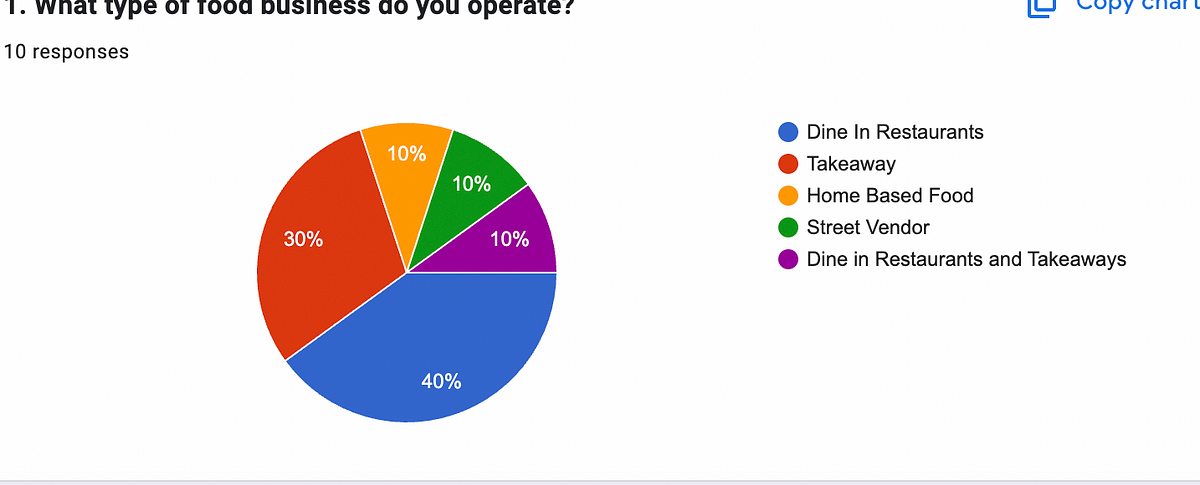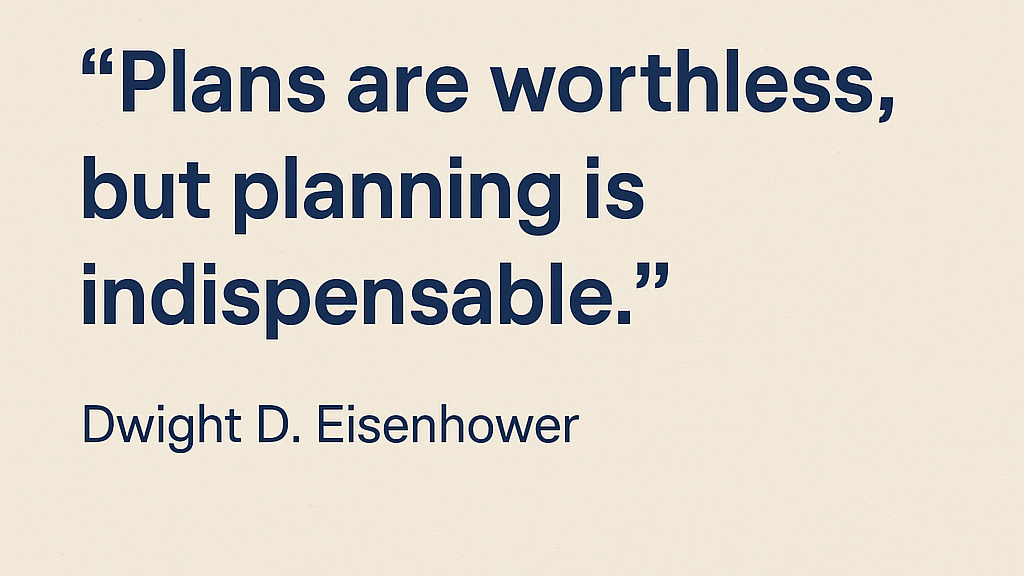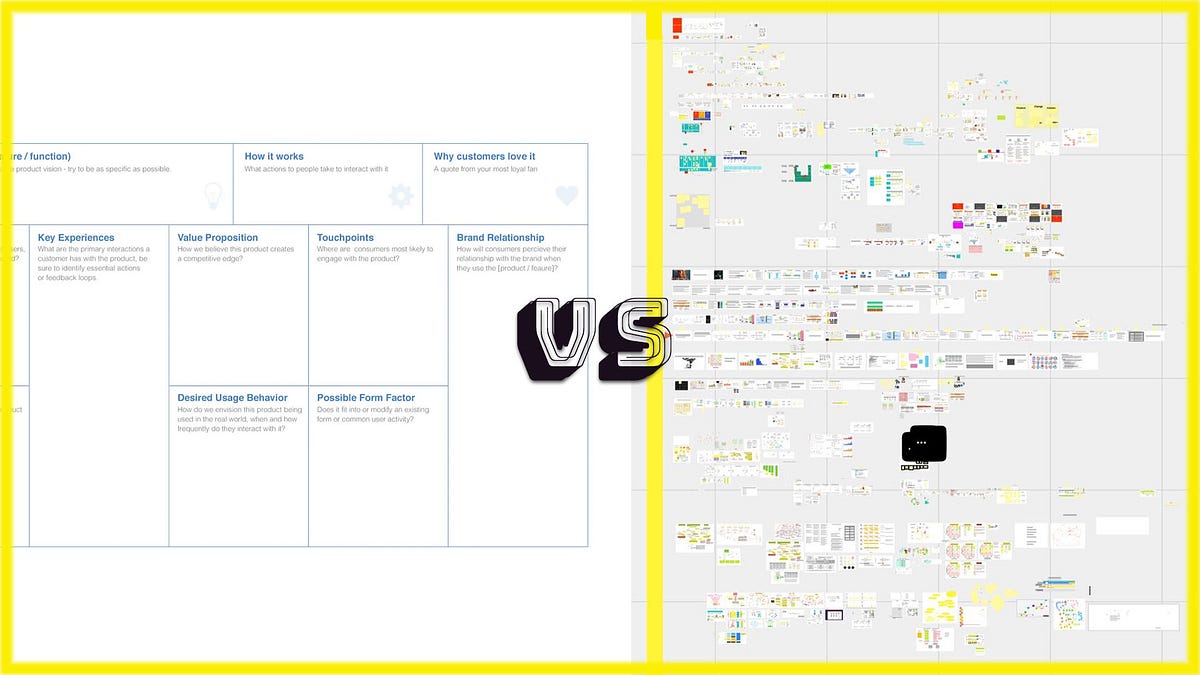Product Management News
Medium
211

Image Credit: Medium
From Confused to Confident: How I Built My Career Without Following the Rules
- The individual felt disoriented being around people in traditional career paths and never wanted to do something they didn't care about just for a paycheck.
- They started small by taking photos of various subjects, editing them late at night, and posting their work online without any expectations, eventually gaining recognition.
- Despite not being the best or having a well-developed portfolio or formal training, their consistency and commitment to growth led to opportunities and small gigs in their photography career.
- Through continuous learning and perseverance, the individual transitioned from a state of confusion to confidence in building a successful career outside the conventional rules.
Read Full Article
12 Likes
Medium
207

Image Credit: Medium
Beyond Chatbots: How VocalLabs.ai Is Changing the Way We Listen to Customers
- VocalLabs.ai is a voice-based AI platform that aims to improve customer-business interactions by providing natural and meaningful conversations.
- The platform uses smart voice agents that can make or answer calls, hold natural conversations, and provide insights afterwards, helping businesses understand customers' emotions and needs.
- VocalLabs.ai focuses on the emotional layer of communication, capturing tone, pauses, and stress in a customer's voice to offer valuable insights beyond just the words spoken.
- The platform allows customization for specific business needs, such as real estate or healthcare, and emphasizes creating better, more personal interactions rather than robotic responses.
Read Full Article
12 Likes
Medium
164

Struggling to Grow Your Business? A Virtual Team Could Be Your Lifeline
- Wishup offers pre-vetted virtual professionals to assist small business owners with tasks like emails, bookkeeping, and software development, saving time and increasing productivity.
- The service helps avoid burnout, prevent financial errors, and address tech delays often faced by businesses operating without additional support.
- Wishup provides a 7-day risk-free trial, top-tier professionals who require no training, and affordable scaling options with payment based on needs without full-time salaries.
- The convenience of having skilled help with daily business operations allows entrepreneurs to focus on strategy, sales, and innovation, ultimately improving business growth and success.
Read Full Article
9 Likes
Medium
267

Image Credit: Medium
Product Management Burnout Is Real — And No One’s Talking About It
- Product management leadership can be emotionally and mentally draining, yet it is not commonly discussed or acknowledged.
- Managing a global team across different time zones involves constant communication, decision-making, and emotional labor.
- The pressure to constantly perform and meet expectations can lead to burnout, especially for women and Black women in tech leadership roles.
- It is important to prioritize self-care, balance, and setting boundaries to prevent burnout in product management roles.
Read Full Article
16 Likes
Discover more
- Programming News
- Software News
- Web Design
- Devops News
- Open Source News
- Databases
- Cloud News
- Operating Systems News
- Agile Methodology News
- Computer Engineering
- Startup News
- Cryptocurrency News
- Technology News
- Blockchain News
- Data Science News
- AR News
- Apple News
- Cyber Security News
- Leadership News
- Gaming News
- Automobiles News
Medium
4

Unlocking Voice Intelligence: How VocalLabs.ai is Transforming Business Communication
- VocalLabs.ai is an AI-powered platform that helps companies analyze voice data to improve customer experience and make smarter decisions.
- The platform captures and analyzes voice interactions, providing actionable insights through advanced speech-to-text algorithms and natural language processing.
- VocalLabs.ai enables businesses to design voice-based feedback systems, capturing spoken feedback from customers to identify patterns in satisfaction and areas for improvement.
- The platform specializes in voice analytics and actionable intelligence, offering a unique edge in the voice-based AI market for startup founders, product managers, customer experience teams, and sales teams.
Read Full Article
Like
Medium
190
Image Credit: Medium
Instagram UI/UX: A Study in Engagement and Friction — Through the Lens of The Lean Product Playbook
- Instagram's main feed design is minimalist with a clean, grid-style layout, focusing on content discovery and consumption with a seamless vertical scroll.
- Instagram Stories offer a mobile-first, interactive experience with intuitive gestures, full-screen immersion, and engagement tools like polls and sliders, enhancing user participation and stickiness.
- The use of universally understood symbols and intuitive design elements helps reduce friction in usability, appealing to both new and experienced users on Instagram.
- Instagram faces challenges with influencer dominance, lack of transparency in sponsored content, algorithm-driven feed causing user control concerns, and a shift towards social commerce potentially diminishing trust and authenticity.
Read Full Article
11 Likes
Medium
289

Image Credit: Medium
From Idea to Impact: Launching a Restaurant Vendor App for Africa’s Local Food Businesses
- The project aimed to empower local food vendors in Africa to digitize their businesses and reach more customers without technical skills or large budgets.
- After conducting interviews and surveys with local food vendors, the team launched a mobile-first platform within three months, allowing restaurant owners to manage their businesses efficiently.
- Using tools like Jira for engineering execution and Confluence for leadership strategy, the team prioritized tasks using the RICE method to build their Marginal Viable Product (MVP).
- Despite facing challenges like bugs and missed edge cases, the team successfully delivered a functioning app that provides a new way for food entrepreneurs to scale their businesses.
Read Full Article
17 Likes
Medium
177

Image Credit: Medium
Helping Restaurants Go Digital: Behind the Build of a Vendor-Customer Food Ordering Platform
- The project involved creating a web-based restaurant application called Kitchen Connect focusing on assisting restaurant owners in the digital space.
- The platform aims to help restaurant owners grow their businesses, reach more customers digitally, and simplify online operations.
- The Product Manager led the project by defining product scope, prioritizing features, planning sprints, and collaborating with the development team.
- The project aimed to address the challenges faced by restaurant owners in digitizing their businesses and used a structured approach for feature selection and development.
Read Full Article
10 Likes
Medium
95

Image Credit: Medium
“Plans Are Worthless, But Planning Is Indispensable”: Why Agile Thinking Wins in the Real World
- In a complex and unpredictable world, plans are often rendered worthless as reality rarely unfolds as expected.
- The core principle is that while plans may fail when confronting reality, planning is indispensable for building a mindset of responsiveness and flexibility.
- Agile planning is about crafting flexible, resilient, intent-driven plans that encourage fast adjustment and empower teams to adapt effectively.
- Good planning involves collaborative efforts, creating shared language, assumptions, and agency, which ultimately lead to resilient leadership and empowered teams.
Read Full Article
5 Likes
Medium
341

Image Credit: Medium
From Canvas to Conversation: Rethinking Experience Design– a Discussion with Barrett Kenney &…
- Reflecting on the importance of curiosity in frameworks and human interactions in design.
- Discussion on the value of iterative questions, navigating constraints, and gaining stakeholder support.
- Exploring the balance between structure and creativity, and the essence of brand identity.
- Emphasizing the need for embracing feedback, trusting instincts, and focusing on intriguing ideas.
- Design is not just about aesthetics but a dialogue between ideas and flexibility.
Read Full Article
20 Likes
Medium
88

Image Credit: Medium
Uber Used My Sandwich to Test a Ride-Sharing Algorithm
- Uber is using Uber Eats deliveries as a way to test and validate algorithms and logistics for their services.
- Uber's approach focuses on experimentation, with every delivery serving as an opportunity to test and refine their offerings.
- The case study of Uber's Express POOL service showcases their dedication to testing and iterating to improve user experience and efficiency.
- While Uber's experimentation led to the successful launch of Express POOL, there were challenges such as longer wait times affecting adoption rates.
Read Full Article
5 Likes
Medium
0

Image Credit: Medium
Google Gemini Glasses: A Glimpse into the Future of Communication, Becoming Reality
- Google is developing Gemini Glasses, a futuristic communication device set to revolutionize human interaction with technology.
- Key features of the first version include voice control, instant language translation, a secure digital ecosystem, advanced connectivity and communication options, informational displays, and smart everyday assistants.
- Google's strategy with Gemini Glasses aligns with creating intuitive, personalized AI products bridging the physical and digital worlds, enhancing communication, access to information, and daily life.
- The Gemini Glasses concept not only builds on Google's existing technologies like Gemini, Google Maps, and Google Pay, but also opens up new growth horizons in the realm of human-technology interaction.
Read Full Article
Like
Medium
285

UI Engineering to PM: Seeing Beyond the Screen
- Engineers trust PMs who respect technical constraints and designers trust PMs who speak their language.
- Lesson: UI design goes beyond beauty to influence user behavior.
- Startups emphasize that a great UI not only looks good but also shapes user behavior.
- The author reflects on how an outsider's perspective benefited their approach to UI, emphasizing the importance of intuitive design.
Read Full Article
17 Likes
Medium
4

Image Credit: Medium
Why Tesla Sells More Stock Than Cars in Korea
- Growing up in Korea, cars symbolized national pride, with Hyundai and Kia prominent.
- Koreans show a unique trend of driving Hyundai cars but investing in Tesla stocks.
- Tesla stands out by redefining the auto industry with self-driving tech and CEO influence.
Read Full Article
Like
Medium
147
Image Credit: Medium
How I Gave UPI a Social Soul (And Super.Money a Reason to Stick Around)
- A project was undertaken to make UPI payments more engaging and social by introducing a gamified layer to the Super.Money wallet.
- The aim was to make paying people feel rewarding and enjoyable, akin to paying for items.
- The project involved creating levels, rewards, and a social payments layer inspired by gaming and Gen Z behavior.
- The design included features like evolving titles based on payment activity, seasonal themes, and social interactions to enhance the user experience.
Read Full Article
8 Likes
For uninterrupted reading, download the app